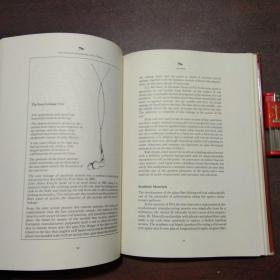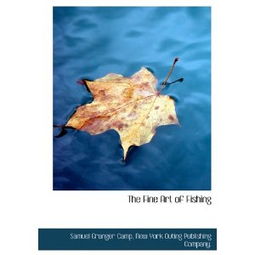Content:
Fishing, an ancient and beloved pastime, has stood the test of time, with traditional fishing techniques still holding their own in the face of modern advancements. One such technique is the art of adjusting your bait float, a skill that can significantly enhance your fishing experience. In this article, we will delve into the traditional fishing技巧 on how to properly adjust your bait float, ensuring that you're ready to catch fish like a seasoned angler.

Understanding the Bait Float
Before we dive into the nitty-gritty of adjusting your bait float, it's essential to understand what it is and why it's crucial in traditional fishing. A bait float, also known as a bobber, is a buoyant device attached to a fishing line that helps anglers to detect when a fish has taken their bait. It is an essential tool for anglers who fish in areas where the water is too deep to cast effectively or where the fish are too shy to bite near the surface.
Selecting the Right Bait Float
The first step in mastering the art of adjusting your bait float is to choose the right one. Traditional bait floats come in various shapes, sizes, and materials. Here are a few factors to consider when selecting a bait float:
Shape: The shape of the float affects how it rises and falls in the water. Some floats are designed to rise and fall quickly, while others are more gradual. Choose a shape that matches the fishing conditions and the type of fish you're targeting.
Size: The size of the float should be proportional to the size of the bait and the depth of the water. A smaller float is suitable for shallow water and small baits, while a larger float is better for deeper water and larger baits.
Material: Traditional floats are often made from plastic, wood, or cork. Each material has its own advantages and disadvantages, so choose one that suits your preferences and the fishing conditions.
The Basics of Adjusting Your Bait Float
Once you have the right bait float, it's time to learn how to adjust it. Here are the basic steps:
Attach the Float: Begin by attaching the float to the fishing line. Ensure that the line is strong enough to withstand the weight of the float and the fish you're targeting.
Set the Weight: The weight is what will keep your bait float afloat. Attach a swivel or a clip to the line and attach the weight accordingly. The weight should be enough to keep the float above the bottom but not so heavy that it pulls the bait down too quickly.
Adjust the Float: To adjust the float, you'll need to fine-tune its position on the line. The ideal position is one where the float is just above the water's surface, allowing you to see when the bait is moved by a fish.
Testing the Float: Once the float is in place, give it a gentle tug to ensure it moves smoothly along the line. If the float is too heavy or too light, adjust the weight accordingly.
Fine-Tuning: As you fish, you may need to make further adjustments to the float. If the float is too high, the bait will be too far from the bottom. If it's too low, the bait may be in an area where fish are not biting.
Advanced Techniques
For those looking to take their fishing to the next level, here are some advanced techniques for adjusting your bait float:
Using a Split Shot: A split shot is a small weight that is attached to the line above the float. It can help you control the depth of your bait. Experiment with different sizes and placements to find the perfect balance.
Scenting the Bait: Adding a bit of scent to your bait can sometimes trigger more bites. Make sure the scent is evenly distributed and does not interfere with the float's performance.
Using a Leader: A leader is a short length of line that connects the main line to the hook. It can help you present the bait more naturally and can also protect your main line from abrasion.
Reading the Float: Observing how the float moves can give you valuable information about the type of fish and the strength of the bite. A subtle tap may indicate a small fish, while a strong pull could be a larger one.
In conclusion, mastering the art of adjusting your bait float is a fundamental skill in traditional fishing. By understanding the basics and experimenting with advanced techniques, you'll be well on your way to becoming a more successful angler. Remember, fishing is not just about catching fish; it's about enjoying the experience and the connection with nature. With the right bait float and the proper adjustments, you'll be ready to cast your line and enjoy the tranquility of the water, one fish at a time.












